5. The Chase (2017)
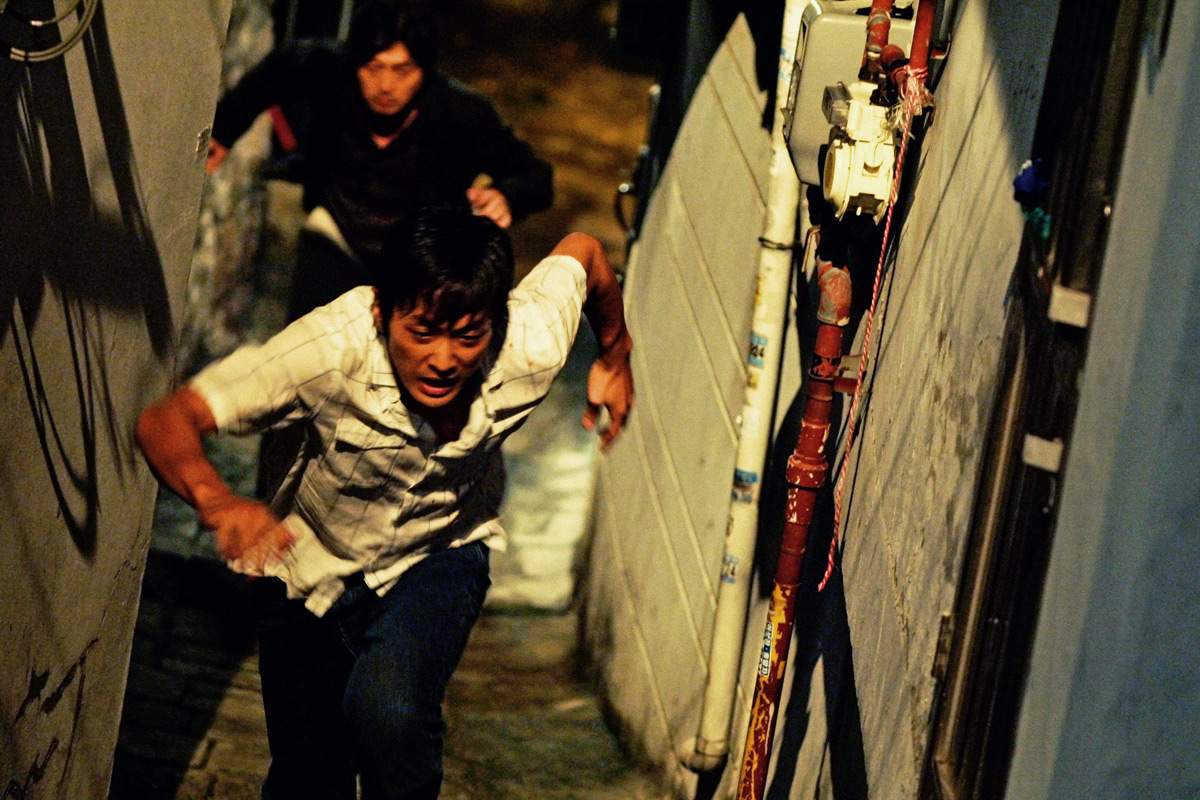
It feels like modern films are no longer sticking to one genre anymore, instead, they are being blended in order to give the audiences new and more on-edge experiences. That point is typified by The Chase.
The story follows a lonely, cantankerous old man called Mr Shim who collects rent in a large town from his often-poor residents that are not always able to pay. To say that in some ways he feels like Ebenezer Scrooge wouldn’t be an unjust assessment of the man. However, when several of the townsfolk wind up getting murdered and a young woman who lives in one of his buildings is kidnapped, he and an animated former police detective must track down the killer.
The film likes to make a point about how younger society sees elderly people, as well as touching upon the idea of the ‘Banality of Evil’, which was first put forward by Hannah Arendt. Which, in part, means that anybody can be evil, and you can never judge that by how they look on the outside.
The Chase is at times bafflingly funny, and at others is horrifically brutal in its depiction of the crimes committed. The vibrant colours, the dedicated performances, and the strong direction by Kim Hong-seon mean that the film is one that holds your attention without relenting for a second.
4. The Good The Bad And The Weird (2008)
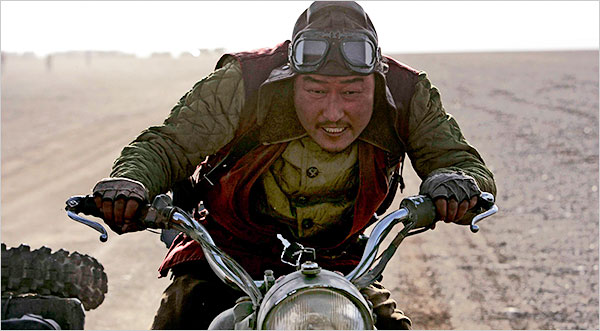
With the title of the film paying reference to Sergio Leone’s classic western film starring Clint Eastwood, you already know that the movie will have serious homages to both the erstwhile director and the screen legend, and it doesn’t disappoint.
The Good The Bad And The Weird does indeed have a very similar plot to the 1966 western, in that there is a desolate place that is rumoured to have treasures buried there, and that three hunters of vastly differing moral fortitudes are going hell for leather after it. However, the character motivations for seeking the treasure and the style of the film are their own.
It would be difficult to find a film more out and out confident of just what it is trying to be; much in the same way that a Tarantino film never feels like it was made without the complete dedication of its creator to the more outlandish aspects of its script, The Good The Bad And The Weird has exactly the same attitude from director Kim Jee-woon.
It has three great performances from the leading characters, especially from Song Kang-ho who plays The Weird; the action sequences are expertly executed, and the film has so much fun in featuring items from vastly different eras and not caring that they are in full view of the audience. The Timberland boots, the WW2 style motorbikes, and WW1 style cars are the tip of an epoch shifting iceberg featured on the screen.
In the end, The Good The Bad And The Weird feels like the film from which it is derived, just mashed together with the fun of an Indiana Jones adventure and the wackiness of more traditional Korean cinema.
3. Welcome To Dongmakgol (2005)
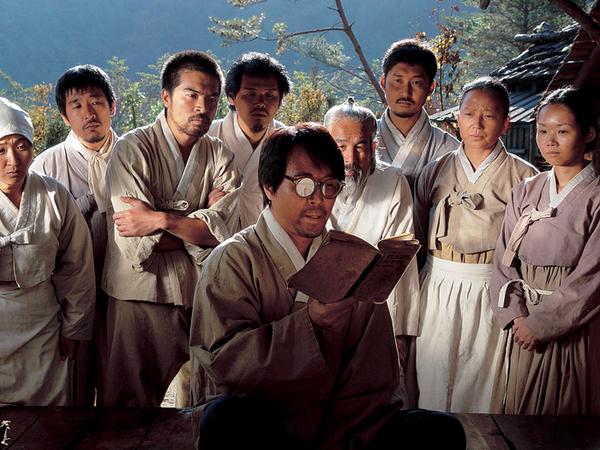
Making a war film that feels balanced in its treatment of both sides is a near-impossible feat, mostly because these films are always made in retrospect when one side has quashed the other and history has been written by the victor. This is where Welcome To Dongmakgol is very special indeed; instead of propagating the ideology of the North or the South, the film serves as a reminder as to the futility of war once ideology is removed.
The tale of an extremely rural town that exists high up in the Korean mountains, not knowing that there is a war happening, and what happens when three North Korean soldiers, two South Korean soldiers, and one American soldier all come to inhabit the same place. Of course, there is tension and friction between the tiny factions, however, they all come to learn that they were never fighting each other because of a genuine hatred on their own part, they were fighting because they were told to.
The film emphasises that what all of these soldiers have in common is more than what divides them. Dongmakgol makes sure the audience knows in no uncertain terms that peace is always there if you look hard enough for it and demonstrates this through the relationships that the soldiers forge with one another, as with the perpetually smiling Yeo-Il, who acts as the moral heart of the film.
As a piece of cinema, Dongmakgol is beautifully constructed and strongly acted by all involved, especially by Kang Hye-jung who plays Yeo-Il. It never loses sight of the horrors of war and places it within the context of gentle, sustained peace, which makes the soldiers feel like an infection upon the village of Dongmakgol, as they bring violence and uninformed hatred with them.
2. Castaway On The Moon (2009)
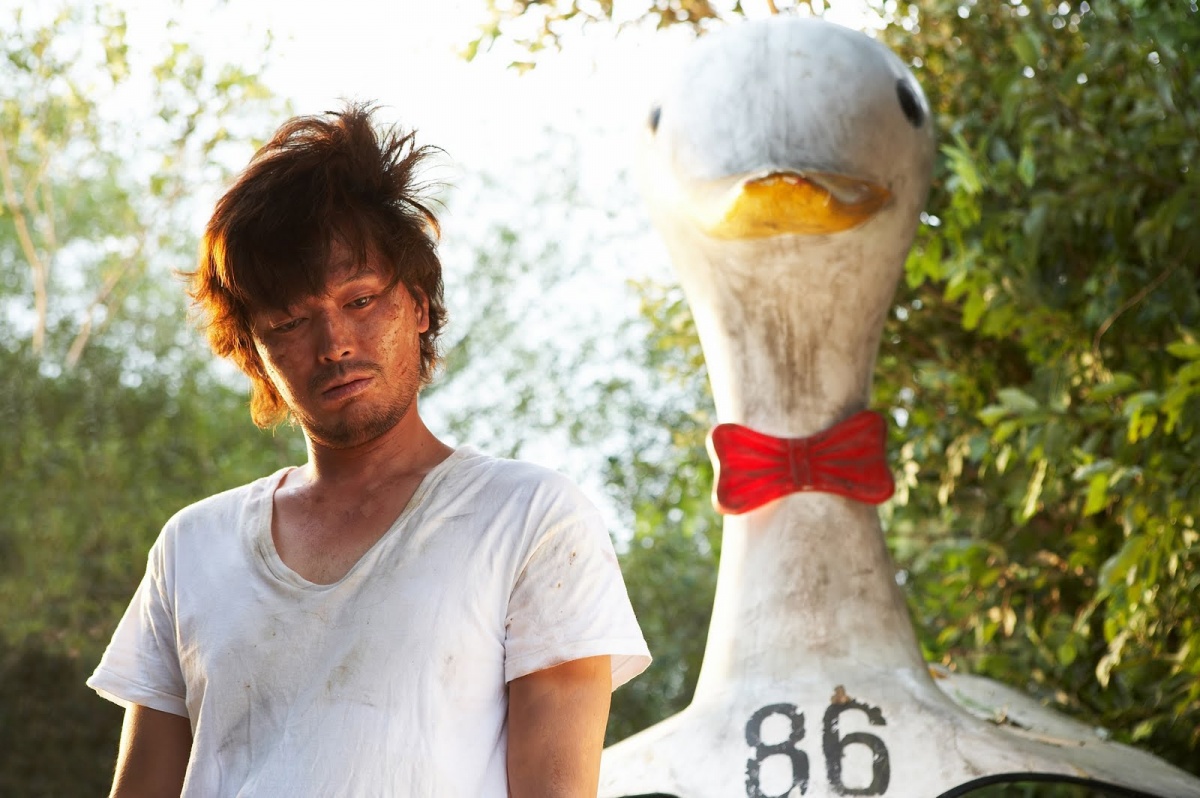
Starting a film with the act of suicide is never normally a way to introduce an audience to a comedy, however, such is the talent of Castaway On The Moon’s director Lee Hae-jun, that it simply ends up adding to the humour.
Castaway On The Moon is the story of Kim Seong-geun and how he tries to kill himself by jumping off a bridge in Seoul, only to wash up on the deserted island underneath it. Nobody knows he is there and since he can’t swim, he chooses to put off killing himself and stay. Meanwhile, he is being watched through a camera lens by a reclusive young woman called, Kim Jung-yeon.
As she watches him build a world for himself underneath the bridge, her very closed world and her attitudes start changing too. She quietly establishes a way to speak to him using messages in bottles and sand spelling, so, in some way, they both have a tactile connection to the outside world.
Whilst there are a few brilliantly funny nods to Robert Zemeckis and Tom Hanks’ classic film Castaway, Castaway On The Moon is very much its own story. The way in which the colours are used to flesh out both characters, with sparing dialogue, is a great example of a smartly written script being paired with a dedicated production crew; and that is before mentioning the incredible turn by cinematographer, Kim Byeong-seo.
The emotional core and thematic message of the film are delivered with such humour and softness that taking these characters to heart isn’t a choice, it is a consequence of just seeing the movie.
The way Castaway On The Moon makes a man feel completely lost in the middle of a bustling city, whilst also making a young woman feel hidden at the same time, is a clear comment on what society has become due to the social media fuelled detachment of the modern age. The really interesting part is how the film utilises technology to point this out, while also removing all things electronic within one side of the story. In a lot of ways, they both have isolated existences, it is just that he has an island, and she has her bedroom.
Castaway On The Moon is funny, possesses a wicked intellect, and deeply moving all at the same time. Though it might look like Rear Window meets Castaway, Lee Hae-jun’s film is an individual work of art, and it is one that is as viscerally profound and as gentle as any that you’ll find.
1. House Of Hummingbird (2018)
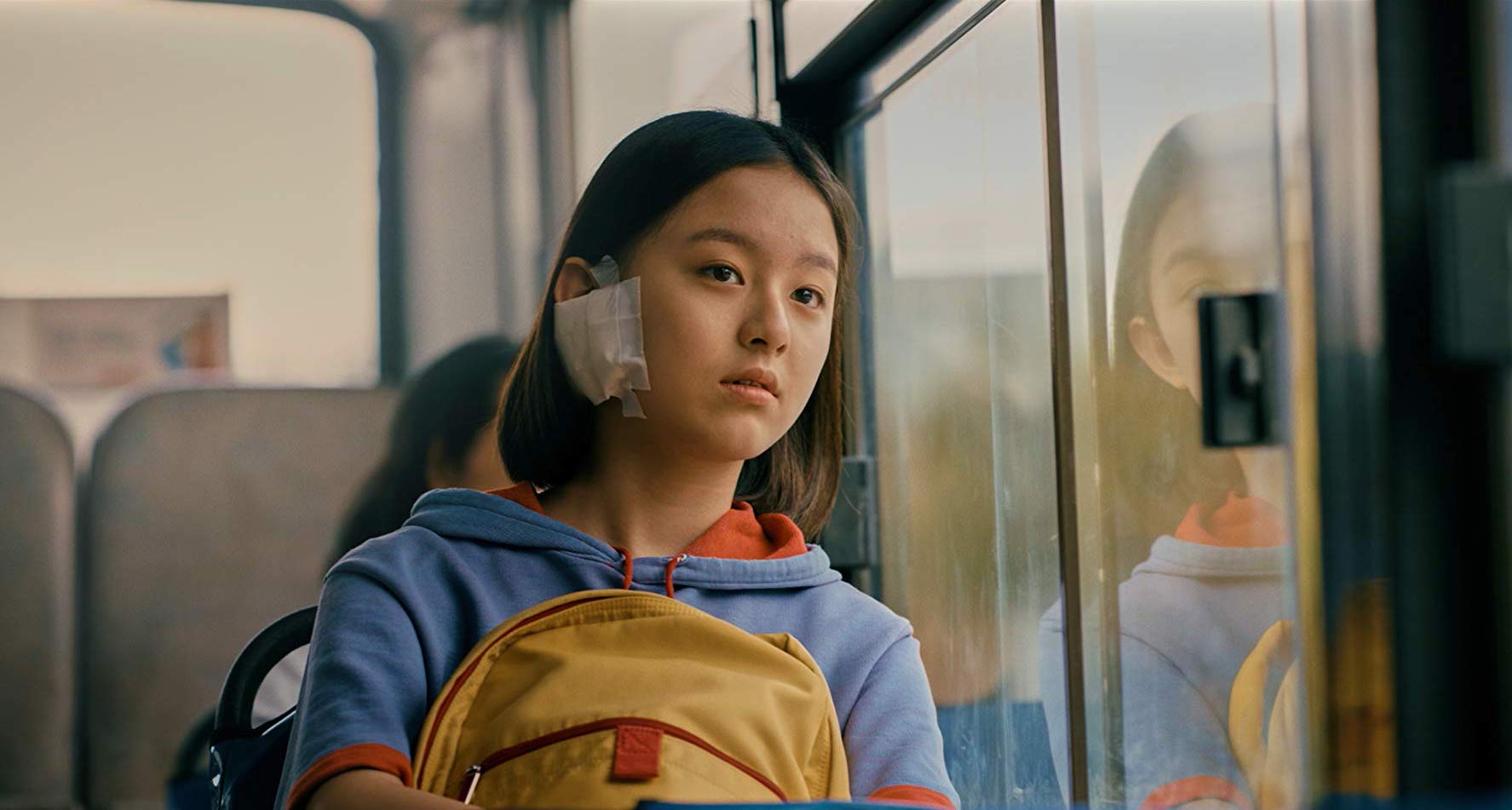
Quantifying what House Of Hummingbird is as a film is difficult. At times it is very funny, sometimes it can be scary, and on occasion it is devastating. House Of Hummingbird is a piece made about life itself, not in the Tree Of Life kind of way, but in the beautiful ups and downs of day-to-day existence.
The story follows Eunhee, a South Korean teenager that is struggling academically and is constantly trying to find a way to fit in with the world around her. Her quiet reservation and reticence mean that no matter how much she wants to yell out and scream, as the audience yearn to see her do so, she buries her visceral self deep within, continuing with her life that seems so unfulfilling and unfair in a patriarchal system.
To see a film build something so gentle and emotionally fraught over a two-hour period, without ever straying into melodrama, is an achievement that is incredibly rare to find in modern cinema. One that makes the work of director Kim Bora stand out as a shining example of understated auteurism.
House Of Hummingbird is ultimately about the dynamic of family and the love that, whilst not always overtly felt, is there when it matters most. Whether that means through heath scares or profound loss. It also showcases the often-forgotten fact that the smallest details can be the ones that make the biggest difference, evident with Eunhee’s passion for drawing and the way that connects her with the outside world.
The tone of the film feels not dissimilar to Ozu’s Tokyo Story, though the plots are vastly different, they share an understanding that less can be so much better than more.